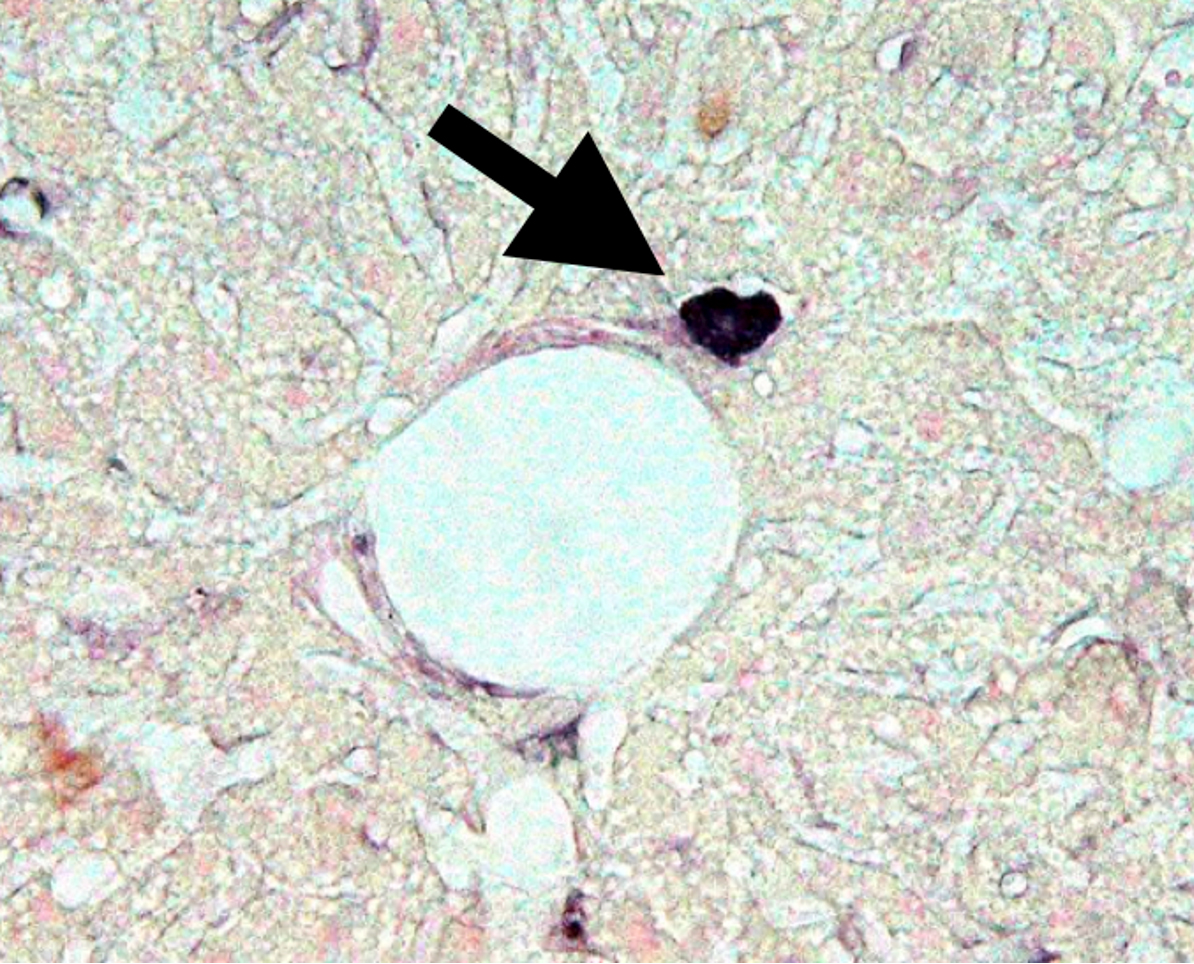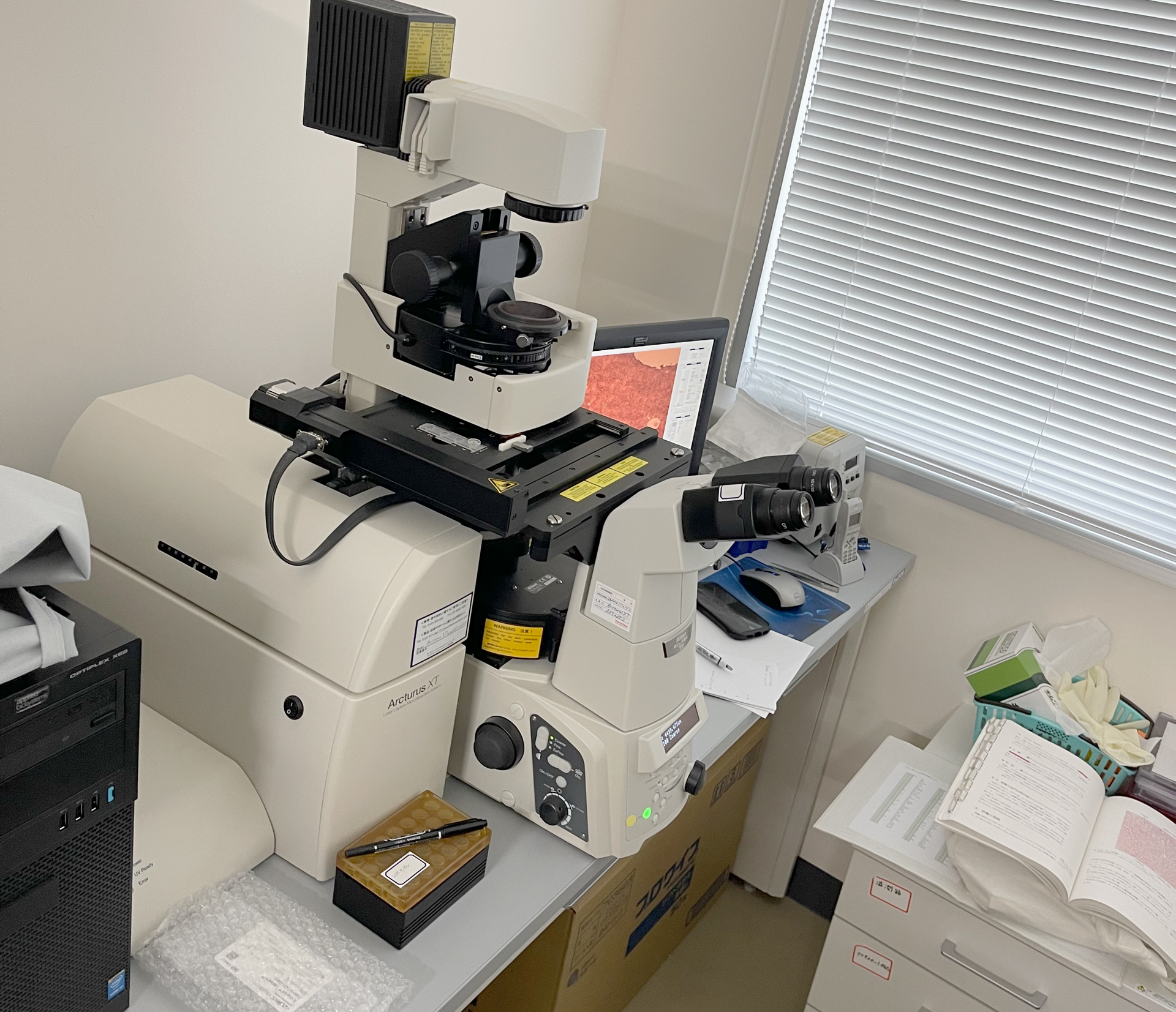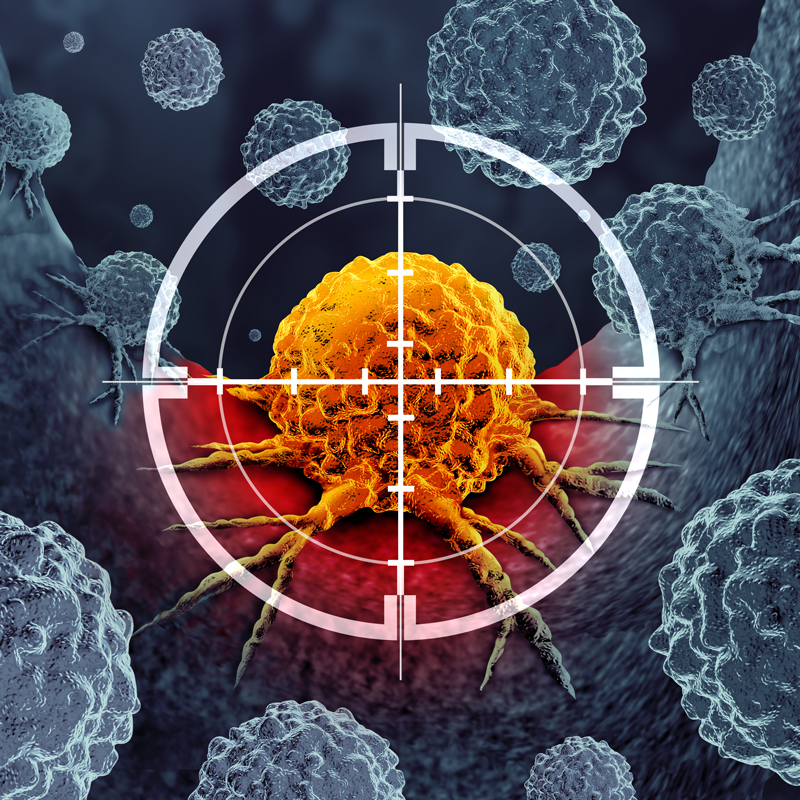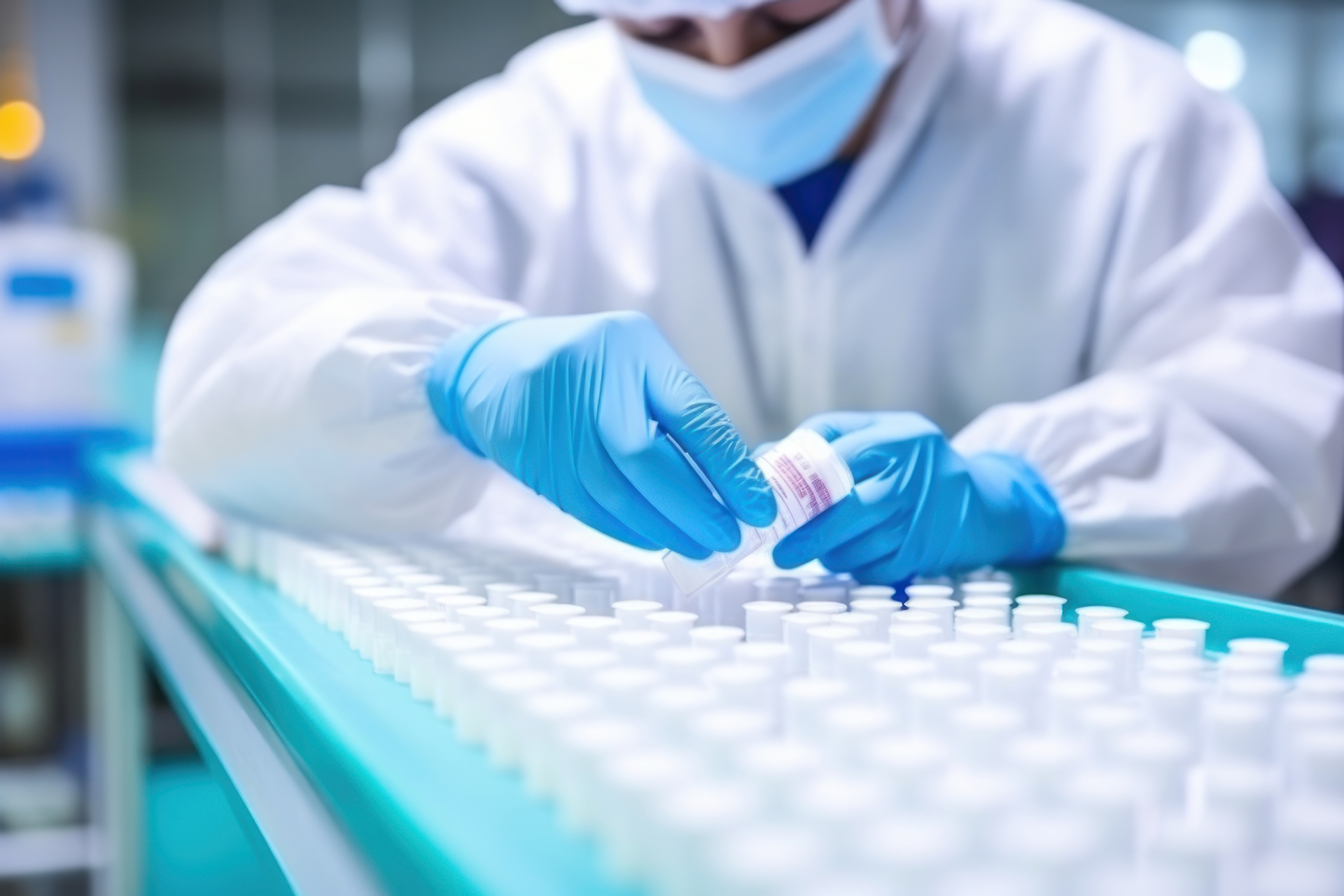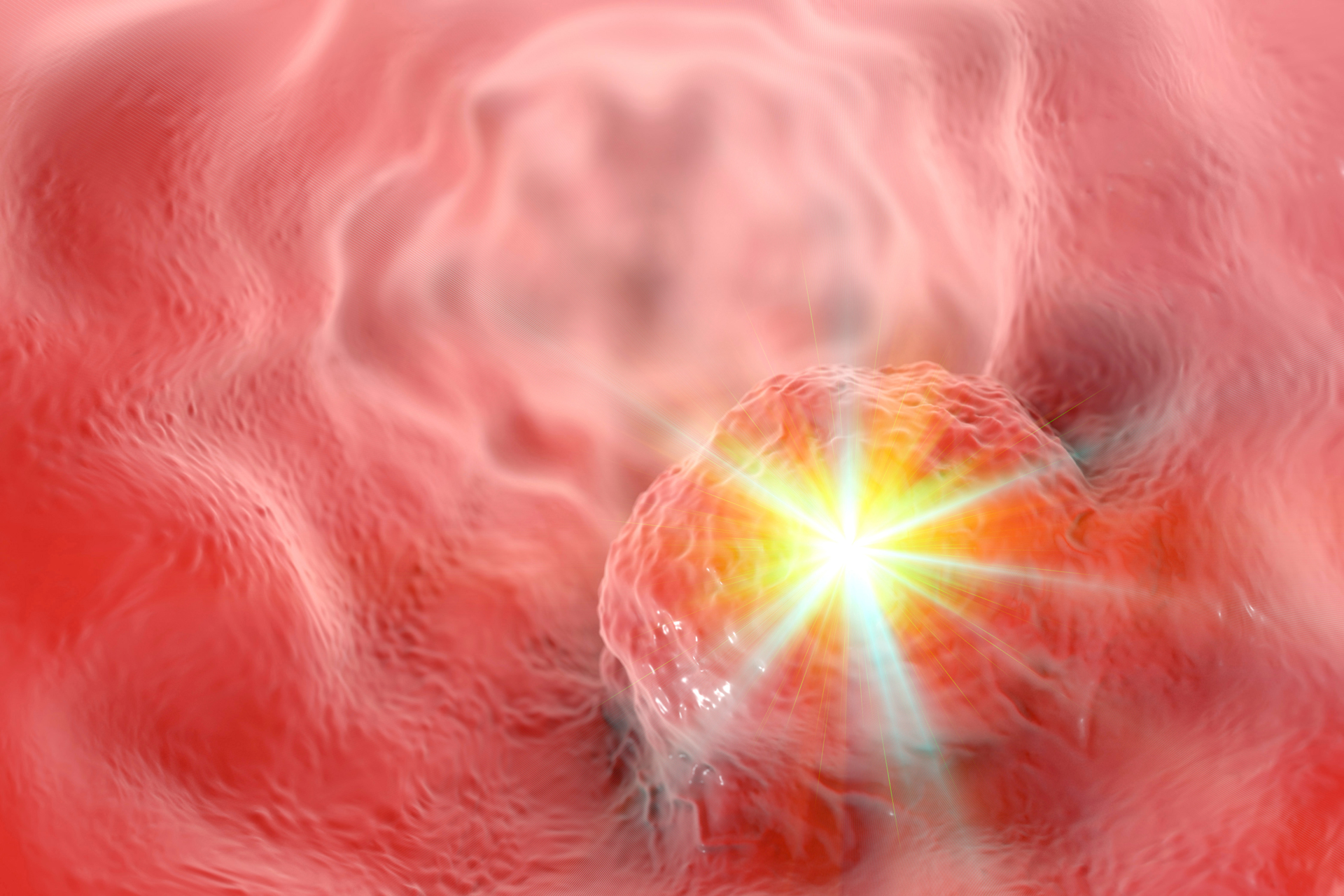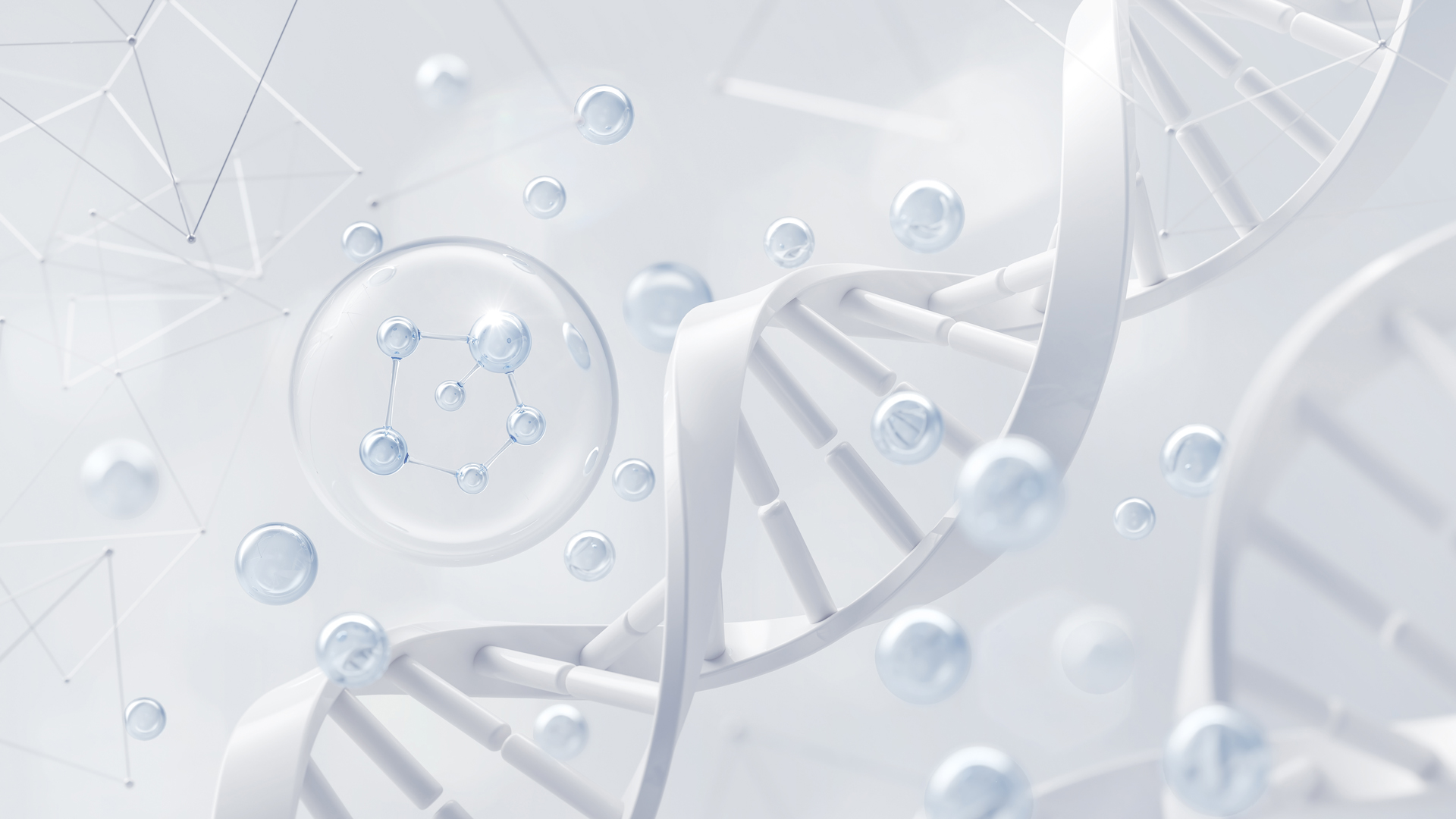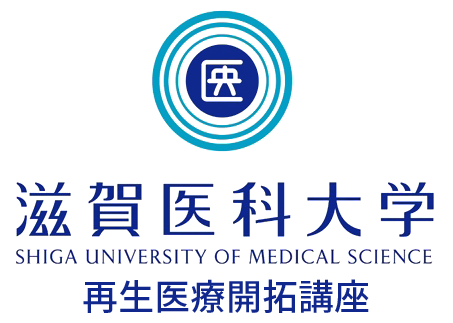Research at the Department of Regenerative Medicine
In November 2013, the Department of Biochemistry and Molecular Biology, Division of Regenerative and Reparative Medicine, started at Shiga University of Medical Science, excelling in research and education. Since April 2022, this has continued through the Department of Regenerative Medicine and the Department of Biomedical Informatics.
The focus is on unique themes preparing for the treatment of intractable diseases: 1) Elucidating the regenerative system starting from bone marrow and its abnormalities, and 2) Developing a cell-targeting drug delivery system (Biozipcode) using seven-digit peptide sequences. Research aims at overcoming specific intractable diseases.
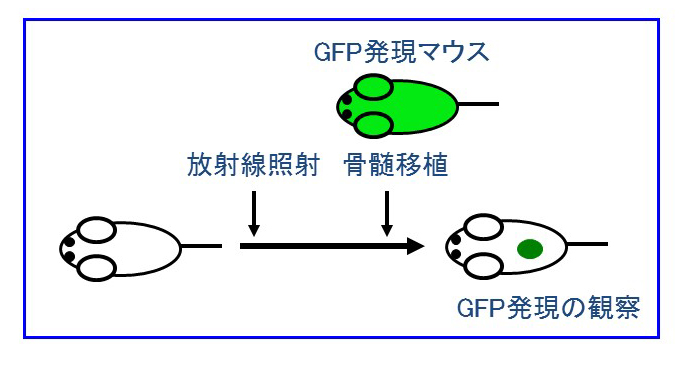
In Vivo Regenerative System
Since its inception, researchers from various departments have gathered to study the causes of intractable diseases and develop new treatments. The focus has been on understanding why chronic diseases remain chronic and why they do not heal, aiming for breakthroughs.
Research has included diabetes, neurodegenerative diseases, osteoporosis, spinal cord injury, neuropathic pain, refractory skin ulcers, and multiple organ failure. These diseases focus on slowing progression rather than curing. Experts from various fields have gathered to discard organ-specific categories and focus on why these diseases do not heal.
As a result, using a method where bone marrow from genetically modified mice expressing marker proteins was transplanted into disease model mice and observing changes in various organs, the “unknown roles of bone marrow” became evident.
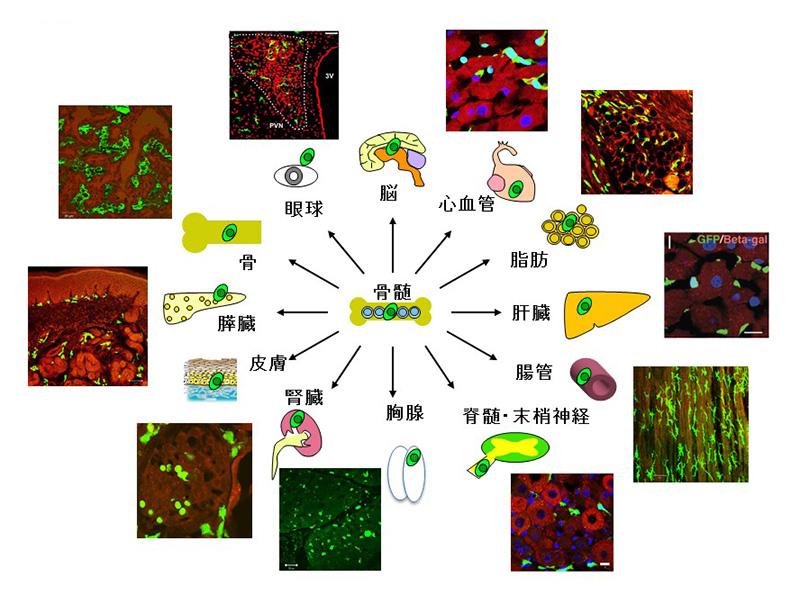
The Fourth Homeostasis
Our body has mechanisms to maintain homeostasis against various external factors. Traditionally, maintaining homeostasis required three elements: nervous, immune, and endocrine systems.
We have discovered a cell system starting from the bone marrow that homes to various organs, monitors their function, repairs damage, and creates harmony in the body, proposing it as the fourth homeostasis system. Bone marrow plays a crucial role in producing blood cells. Macrophages, which perform phagocytosis and waste disposal, also enter organs from the bloodstream.
However, the system we discovered is a dynamic and large cell population, not a single cell component like macrophages. Interestingly, in chronic diseases such as diabetes, this system was extensively damaged.
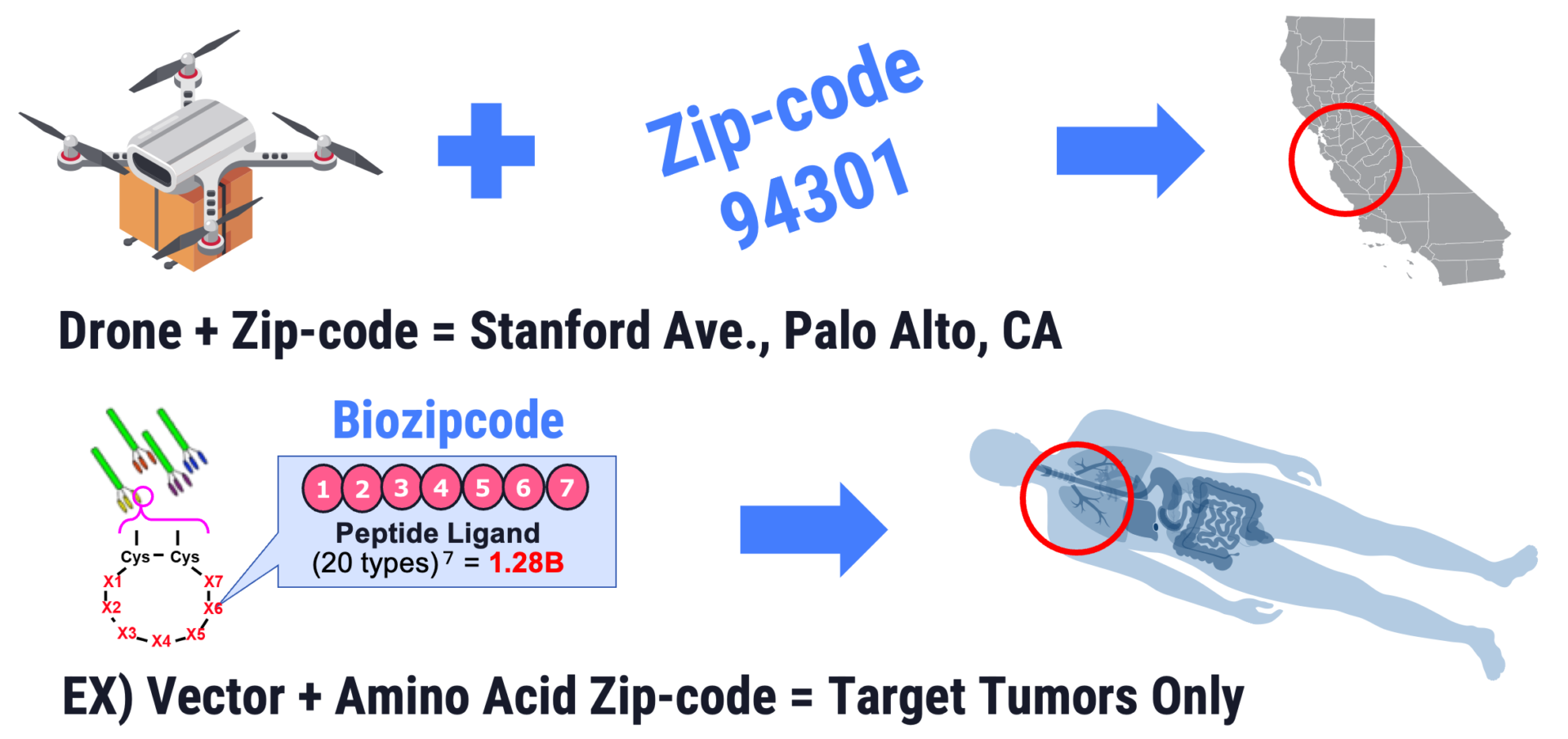
Targeted Drug Delivery (Biozipcode)
Another theme is developing a system to target drug delivery to specific cells. Currently used drugs, whether oral or injectable, do not work exclusively on the intended cells. They inevitably affect unintended cells.
Therefore, a delivery method that transports drugs only to target cells and not to others would be ideal. For example, on Earth, address books or GPS are used to identify specific locations and deliver packages.
The same can be done with cells in the body for drug delivery by attaching a specific address code to target cells. When the cells recognize it, they absorb the drug delivery vehicle. Thus, we considered classifying body cells by type and assigning a specific seven-digit amino acid sequence instead of a postal code.
There are 20 types of amino acids, creating 1.3 billion possible codes. Selecting a code that only the target cell recognizes ensures that the drug delivered through blood vessels or cerebrospinal fluid reaches only the target cells.
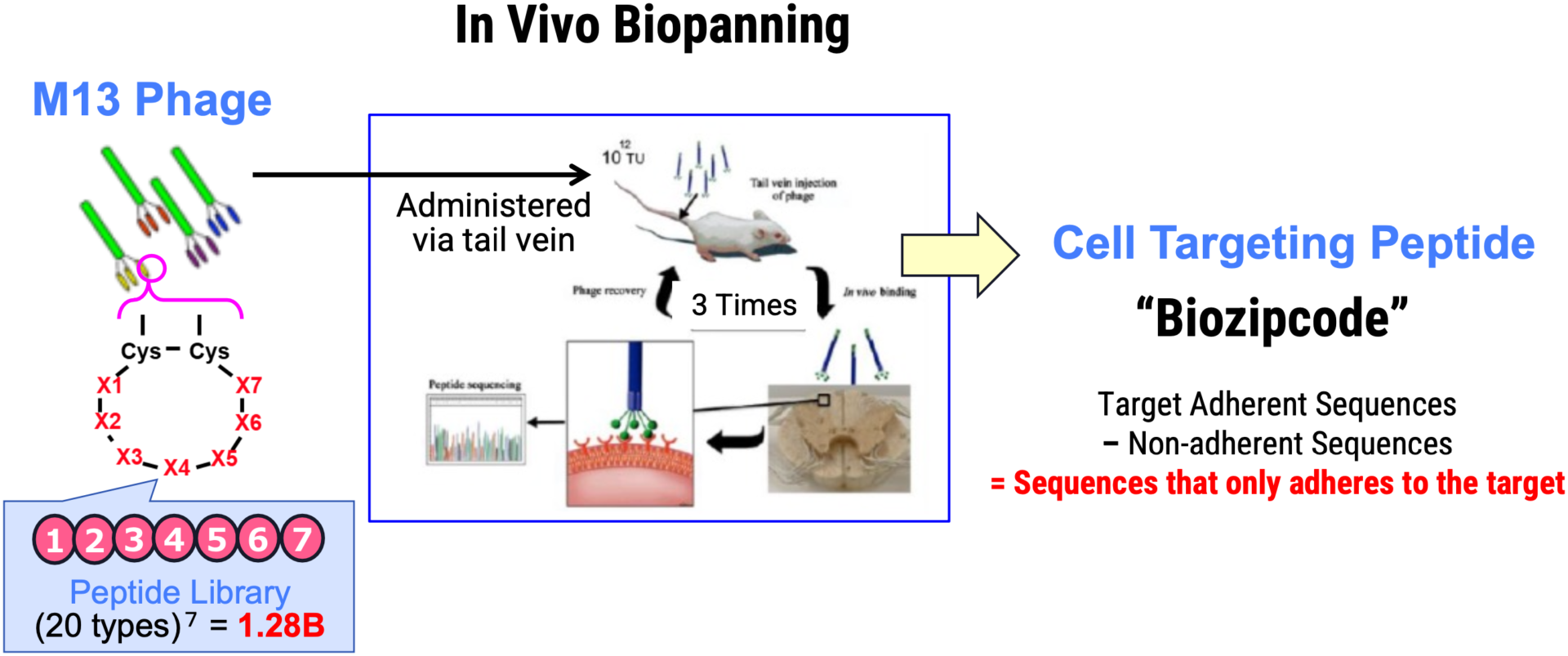
Nano-drones Inside the Body
This research uses a phage display library kit containing all combinations of seven-digit amino acid sequences. The library undergoes subtraction with various non-target cells, then the supernatant is collected and administered to target cells. Phages adhering to the target cells are extracted and amplified again. Repeating this process with different subtraction cells obtains sequences specific to the target cells.
Experiments are conducted on mice and monkeys as they cannot be performed on humans. If the obtained code remains unchanged across species, it is ideal. For example, when targeting dorsal root ganglion (DRG) neurons, the seven-digit amino acid code obtained reacted effectively with DRG neurons of both mice and monkeys.
In humans, cell banks and cultured cells can be used. The system to deliver drugs only to target cells is like nano-drones inside the body. This method also obtains sequences that do not bind to any cells in the body, which can target cancer stem cells not originally present in the body. The number of codes, over a billion, is more than sufficient.
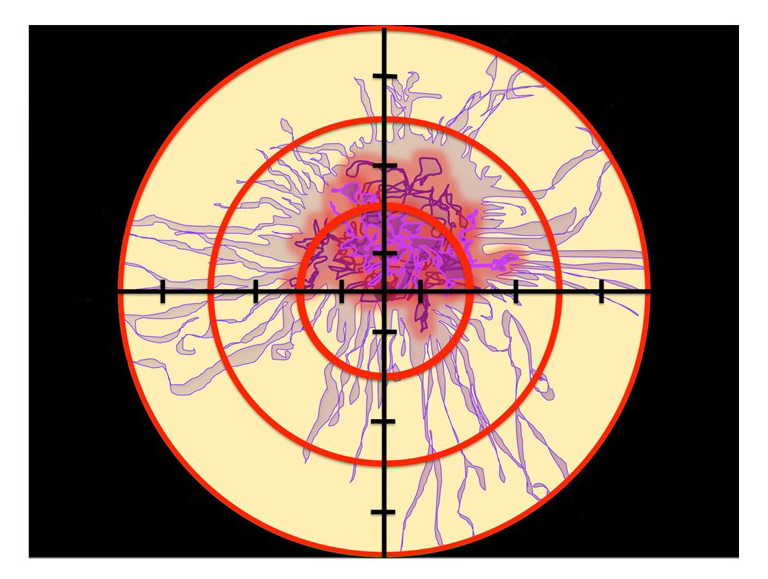
Direct Approach to Disease Stem Cells
Dysfunctional disease stem cells hide in niches, blocking drug access. However, methods to activate these niches and expel disease stem cells into accessible spaces have been developed.
Therefore, the drugs used can be new or previously developed but unusable due to side effects. Nano-drones with target codes will ensure precise delivery to the target cells.
Discovery and Research of Diabetes Stem Cells
Abnormal cells were found in hematopoietic stem cell fractions that cause diabetes, which do not disappear even when b/s levels are normalized, creating refractory characteristics.
Discovered that diabetes is a disease caused by abnormalities in hematopoietic stem cells and developed a method to cure diabetes by isolating and eliminating “Diabetes Stem Cells.”
Cell Targeting Technology (Biozipcode)
Aiming to develop cell-targeted drugs as a new drug delivery method for the next generation, beyond the current era of molecular-targeted drugs.
Developing a completely new diabetes and diabetes complication cure using Biozipcode that causes no side effects.
Using cell targeting technology with Biozipcode to develop side-effect-free anticancer drugs, providing treatments that minimize patient burden.
Aiming to develop scaffold materials that promote natural wound healing, adhering to tissues without the need for transplantation or suturing, and enhancing quality of life (QOL).
Are You Interested in Research at the Department of Regenerative Medicine?
Are You Interested in Research at the Department of Regenerative Medicine?
You can send a direct inquiry to the Department of Regenerative Medicine through the contact form.

